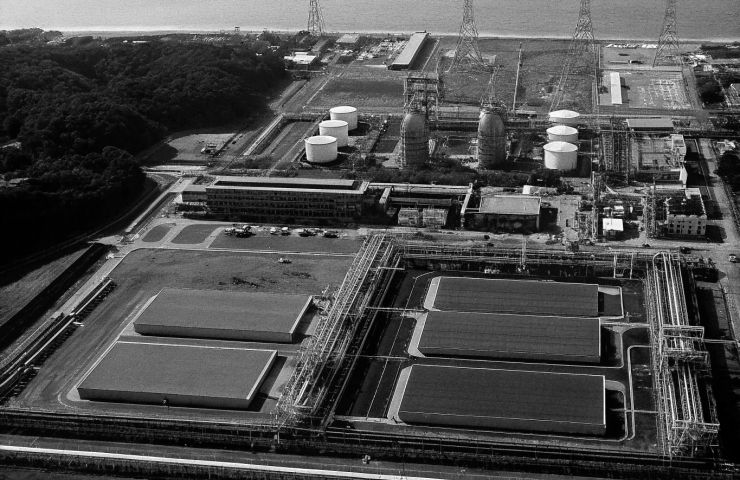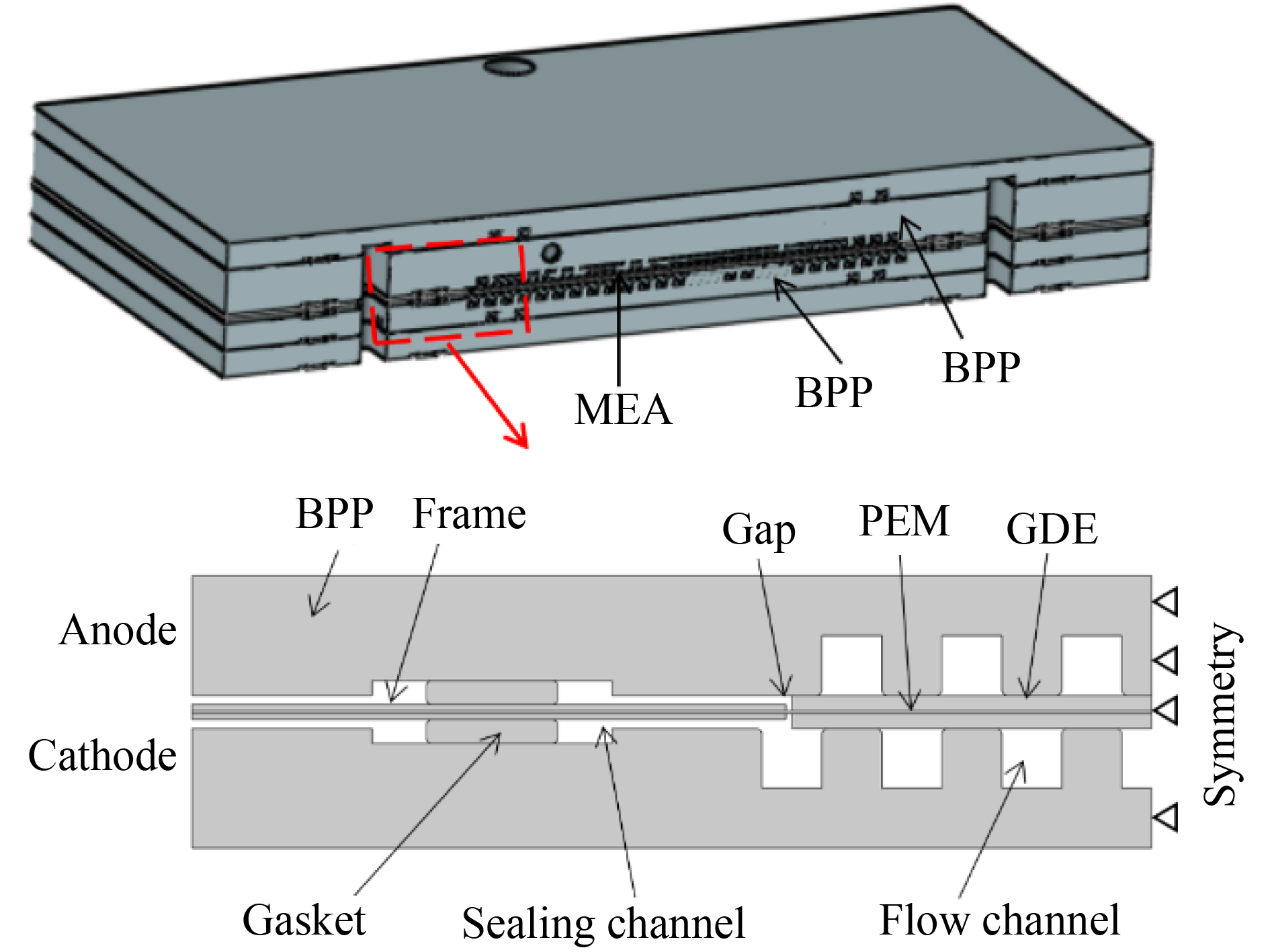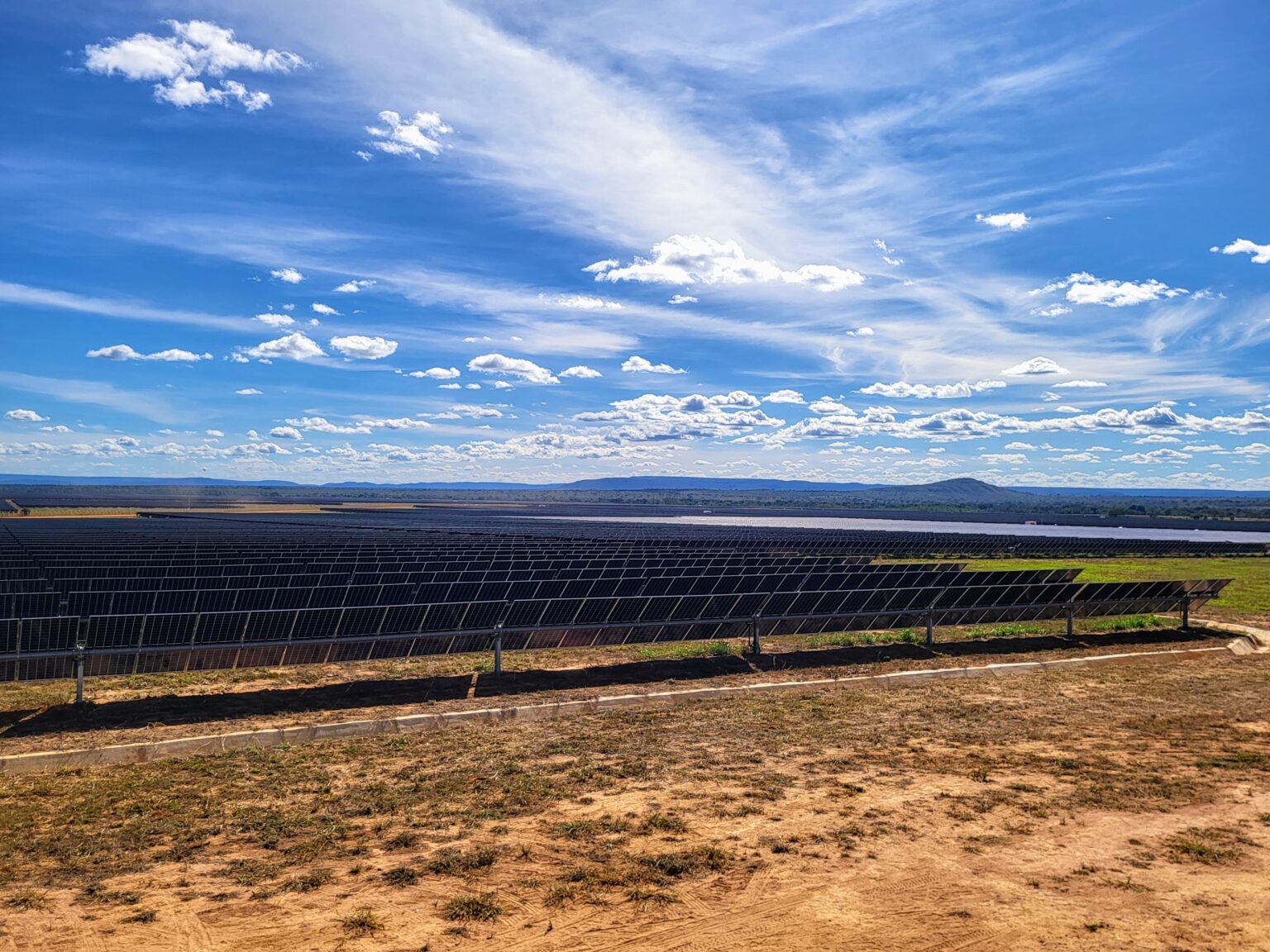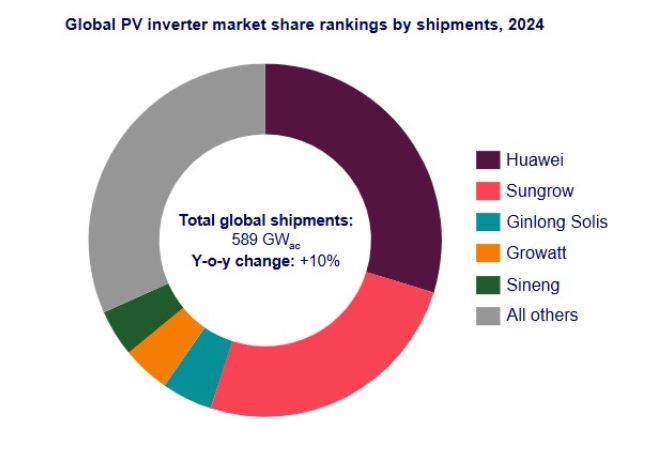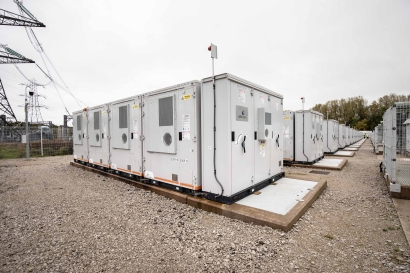Novel sizing approach for PV, battery storage in smart homes
Scientists in Iran have developed a novel framework to optimize the capacity of PV and battery storage in smart homes, using a two-stage stochastic programming model. They considered the uncertainties in the grid, market price, and PV output, while also looking at different operation cases.

Scientists in Iran have developed a novel framework to optimize the capacity of PV and battery storage in smart homes, using a two-stage stochastic programming model. They considered the uncertainties in the grid, market price, and PV output, while also looking at different operation cases.
Researchers from Iran’s Babol Noshirvani University of Technology have developed a new framework for optimizing the capacity of PV and battery storage in smart homes (SHs).
The novel technique employs a two-stage stochastic programming model, which accounts for uncertainties in the grid, market price, and PV output.
“Despite advances in home energy management systems (HEMSs), existing approaches often overlook the synergistic optimization of distributed energy resource (DER) capacity planning and operational scheduling under real-world uncertainties,” the academics said. “The optimal PV-battery sizing is greatly influenced by the appliance scheduling strategy, whereas most studies treat these decisions as separate elements that require a model that is more integrated. On the other hand, PV generation, electricity prices, and grid outages as critical stochastic variables are often simplified or overlooked.”
The study assumes that SHs use a smart meter for power trading with the grid, based on the time-of-use (TOU) price. Decisions are made based on information such as home appliance usage, user preferences, and network operator constraints, which is sent to an HEMS. This HEMS then sends back the optimal operation schedule and sequence for the PV and storage systems.
Assuming this SHs structure, the optimization framework uses consumer information, DER information, and shiftable and non-shiftable loads as inputs. Those parameters are then fed into a two-stage stochastic programming problem, which determines the PV and storage capacity at the first stage, and the optimal scheduling of SH electrical resources and appliances at the second stage.
“Uncertainties of PV output and market price and network availability are modeled as a set of scenarios,” explained the researchers. “For this purpose, 1,000 scenarios are generated for each of the mentioned parameters and then reduced to five scenarios using the back reduction (BR) algorithm. The BR algorithm is a method used to reduce the number of scenarios in a stochastic optimization problem. It proves particularly useful for problems with a large number of scenarios.”
The optimization was performed using a representative 24-hour sample day for a one-year planning horizon. TV, refrigerator, and lighting were considered non-shiftable, meaning that their operation could not be delayed or scheduled; while appliances such as a washing machine, EV charger, and air conditioner were considered shiftable. The initial investment cost of a PV system was considered to be $1,000/kW, while batteries were priced at $250/kWh. They had a lifetime of 12 and eight years, respectively.
In the simulation, the PV system had a capacity of 0-2.5 kW, with increments of 0.25 kW, while the battery had a range of 0.5 kWh to 5 kWh, with 0.5 kWh increments. In total, the framework considered six case studies. Case 1 was a reference case of a normal SH without a scheduling optimization system, PV, or storage. Case 2 underwent a scheduled operation with no PV or storage, whereas case 3 utilized PV and storage with scheduling optimization. In case 4, the optimization considered uncertainty in PV production. Case 5 added the uncertainty of the market price and case 6 included the uncertainty of grid operation.
Through this analysis, the scientists found that case 6 had an optimal PV size of 1 kW and a battery capacity of 0.5 kWh, case 5 had no PV but 5 kWh of storage, and both cases 4 and 3 had 1 kW of PV and 1 kWh of storage. The annual costs were estimated at $1,965.25 in case 1, $1,572.19 in case 2, $1,533.80 in case 3, $ 1,552.20 in case 4, $1,510.41 in case 5, and $1,468.49 in case 6.
“Under complex uncertainties (PV generation, electricity market price, and grid availability), prioritizing PV integration (1 kW) over storage expansion (0.5 kWh) achieves superior cost and grid independence, and better demand profile,” the group concluded. “Moreover, state of charge (SOC) profiles demonstrate that while larger storage enables price-driven arbitrage wide range (48.6–100% in case 5), smaller capacities paired with dynamic control (20.4–96.4% in case 6) can effectively balance renewables, grid needs, and price signals under uncertainties.”
The research's findings were presented in “Optimizing the capacity of photovoltaic resources and battery storage in smart homes considering impact of scheduling of appliances and grid availability,” published in Energy.
What's Your Reaction?
























